Mackenzie Bowman, PhD
Research Associate and Lab Manager
Mackenzie has been involved with the research group since 2004 - initially as a Research Assistant working on bleeding assessment tools and assessing the prevalence of VWD (von Willebrand disease) in primary care. Mackenzie then went on to complete her PhD in 2013 which investigated the genetics of Type 3 VWD. This was followed by a post-doctoral fellowship expanding on work from her PhD with a focus on ECFCs (endothelial colony forming cell) as a model to study VWD. Mackenzie is currently an Assistant Professor (Adjunct) in the Department of Medicine, Queen's University and Research Associate and Lab Manager in the James Lab with continued research interests in ECFCs and genetics of inherited bleeding disorders.

Julie Grabell, CCRP
Clinical Research Coordinator
Julie holds a BA (Psychology) from Queen's University as well as an Advanced Diploma in Biotechnology from St. Lawrence College and is a Certified Clinical Research Professional. She worked for 10 years in drug discovery for neurological disorders and cancers, then changed focus to Clinical Research in 2008. In her current role as Clinical Research Coordinator, she is responsible for obtaining ethical approvals for studies the James Lab is involved in, as well as managing budgets and research contracts between other coordinating centers. Julie also works to recruit eligible participants for the appropriate research studies, and collects and analyzes data for research presentations and publications.
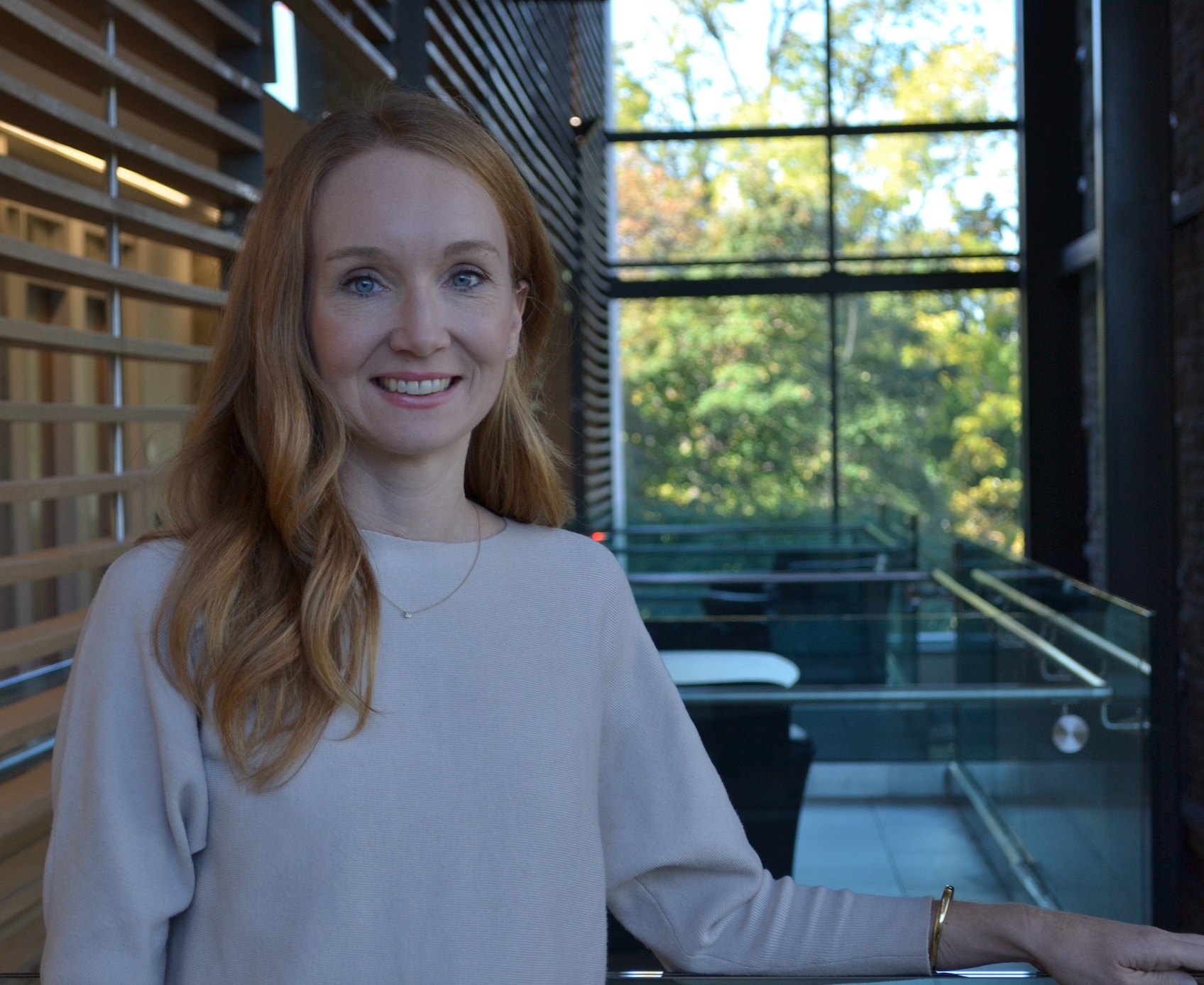
Megan Chaigneau, MSc, RN
PhD Candidate
Megan has a BMSc from The University of Western Ontario and an MSc from McGill University. She is a Registered Nurse and works on a part-time casual basis for the South Eastern Ontario Regional Inherited Bleeding Disorders Program at Kingston Health Sciences Centre. Megan has previously worked as a clinical research nurse for the James Lab and is now pursuing her PhD in Translational Medicine at Queen’s University with her work focusing on assessing the feasibility and diagnostic utility of early genomic testing for Inherited Bleeding Disorders patients who do not achieve a diagnosis with first-line testing.
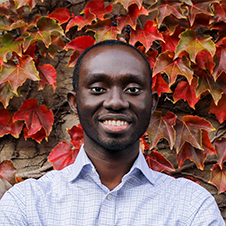
Edwin Ocran, MSc, MD
PhD Candidate
Edwin has a BSc in Human Biology & MBChB from Kwame Nkrumah University of Science & Technology. He also holds a MSc degree in Anatomical Sciences from Queen's University. He is currently pursuing a PhD in Translational Medicine, focusing on the role of von Willebrand factor (VWF) in angiodysplasia.
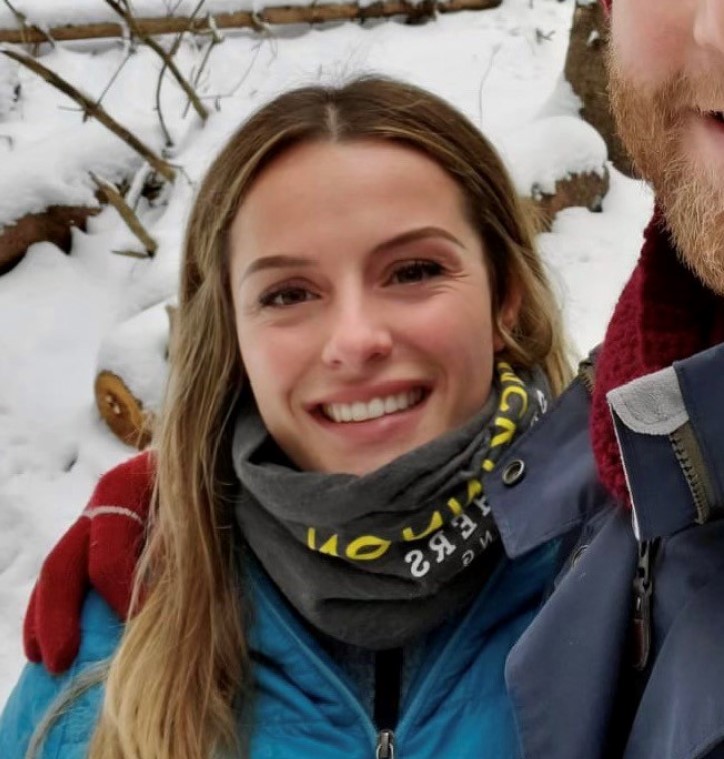
Megan Hinds, MSc
PhD Candidate
Megan has a BSc (Honours) Degree in Biosciences with Biopharmaceuticals from the Institute of Technology, Carlow as well as an Advanced Diploma in Biotechnology from St. Lawrence College and a MSc in Pathology and Molecular Medicine from Queen’s University. She is currently completing her PhD in Pathology and Molecular Medicine at Queen's University with her research focusing on Human Endometrial Cells (HEECs): A novel cellular method for understanding the pathophysiology of heavy menstrual bleeding in VWD.
.jpeg)
Maria Avgeropoulos, BSc
Research Technician
Maria has a BSc Degree in Life Sciences from Queen’s University, completing a research project in pathology in the James Lab during her fourth year. Her project focused on the role of von Willebrand factor in endothelial cell activation associated with severe COVID-19. She now lends her skills in the James Lab working as a research technician.
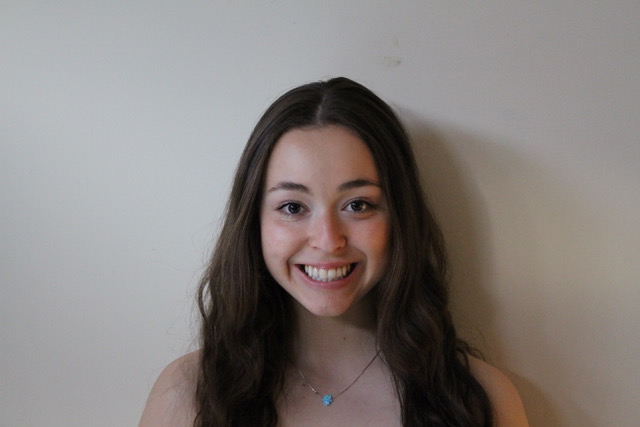
Ashley Barber
Ashley has completed her fourth year of the Life Sciences specialization program here at Queen’s University. Ashley’s PHGY 499 project investigated the cellular correction of VWF missense variant using an allele-specific siRNA approach. We are excited that Ashley will be staying on in the James Lab this year as a volunteer.
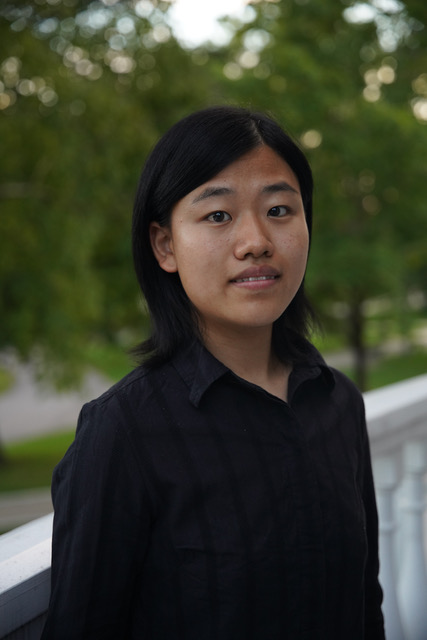
Grace Cao
Grace is currently completing her fourth year in the Bachelor of Health Sciences program at Queen’s University. She was previously a research volunteer in the James Lab and is now joining as a HSCI 591 student. Her project focuses on studying vWF in a human endometrial endothelial cell model.
